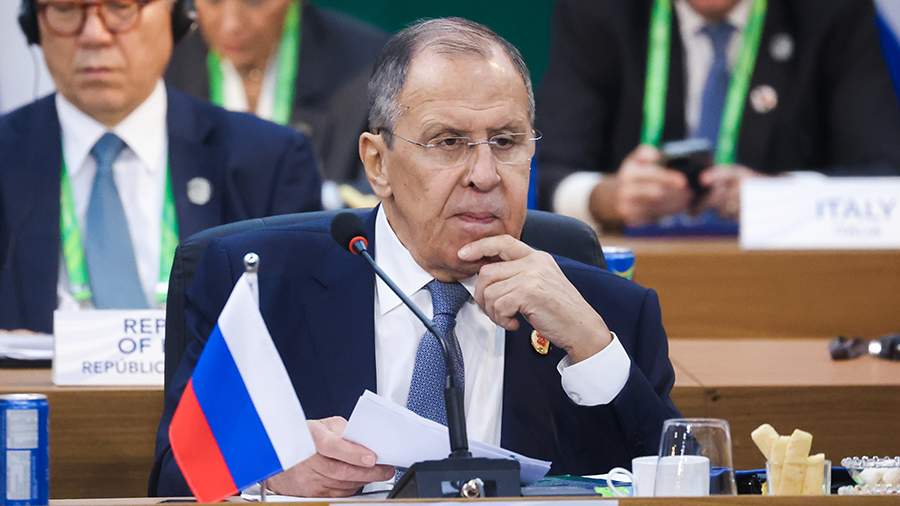Lavrov called the ATACMS strike on the Bryansk region a signal of the West's desire for escalation
- Новости
- World
- Lavrov called the ATACMS strike on the Bryansk region a signal of the West's desire for escalation

The strike carried out by the Armed Forces of Ukraine (AFU) on the Bryansk Region with US ATACMS missiles is a signal that the West wants to escalate the conflict. Russian Foreign Minister Sergei Lavrov said this in response to Izvestia's question on November 19 at a press conference following the G20 summit in Rio de Janeiro.
"This is, of course, a signal that they want escalation. And without the Americans to use these high-tech missiles, [Russian President Vladimir] Putin has said this repeatedly, it is impossible. And he warned about how our position will change if this long-range capability they are now talking about - up to 300 kilometers - is approved," Lavrov said.
He pointed out that in the talk about Ukraine's use of such missiles to strike Russian territory, the main idea is not whether to approve such attacks. In fact, it is simply an announcement that Kiev will now launch missiles up to 300 kilometers away.
Lavrov indicated that he could not know whether the publication of the US newspaper The New York Times about such a possible US authorization for Ukraine contained the truth, or whether it was just an attempt to probe the ground. The Russian Foreign Minister recalled that similar discussions about the use of missiles are also taking place in Europe, whose leaders have decided that each state will make its own choice here.
The minister recalled that on this day the basics of the updated nuclear doctrine of the Russian Federation, signed by Putin, were published, and it expresses the country's position on Russia's attacks by other states - legislating everything that the president had previously voiced publicly. Lavrov hopes that representatives of Western countries will read this document carefully, in its entirety and interconnectedness.
Earlier in the day, the Defense Ministry said that calculations of S-400 air defense missile systems (SAMs) and the Pantsir air defense missile and cannon system (SAM) in the Bryansk region shot down five ATACMS missiles fired by the AFU and damaged another one. The wreckage of the latter fell on the territory of the military facility, without casualties or damage.
On the same day, Putin approved Russia's updated nuclear doctrine. The document defines the policy of nuclear deterrence. Among the grounds for Russia's use of such weapons is a response to the use of nuclear or other weapons of mass destruction against the country and its allies. In addition, Russia may launch a nuclear strike if a conventional attack threatening sovereignty and territorial integrity is launched against it or Belarus as members of the Union State.
Prior to that, on November 17, The New York Times reported that US President Joe Biden had allegedly authorized Ukraine to use US long-range missiles to strike Russia. The Le Figaro newspaper said at the same time that the French and British authorities had made a similar decision, but then removed this information from the article. EU diplomatic chief Josep Borrel said afterwards that on November 18-19 the issue of lifting restrictions on strikes deep into Russia with European weapons would be discussed.
At the same time, Deputy National Security Advisor to the US President John Feiner did not confirm on November 18 that the White House had given such permission to Kiev. The US official pointed out that Washington based its decisions on the situation on the battlefield.
Переведено сервисом «Яндекс Переводчик»

